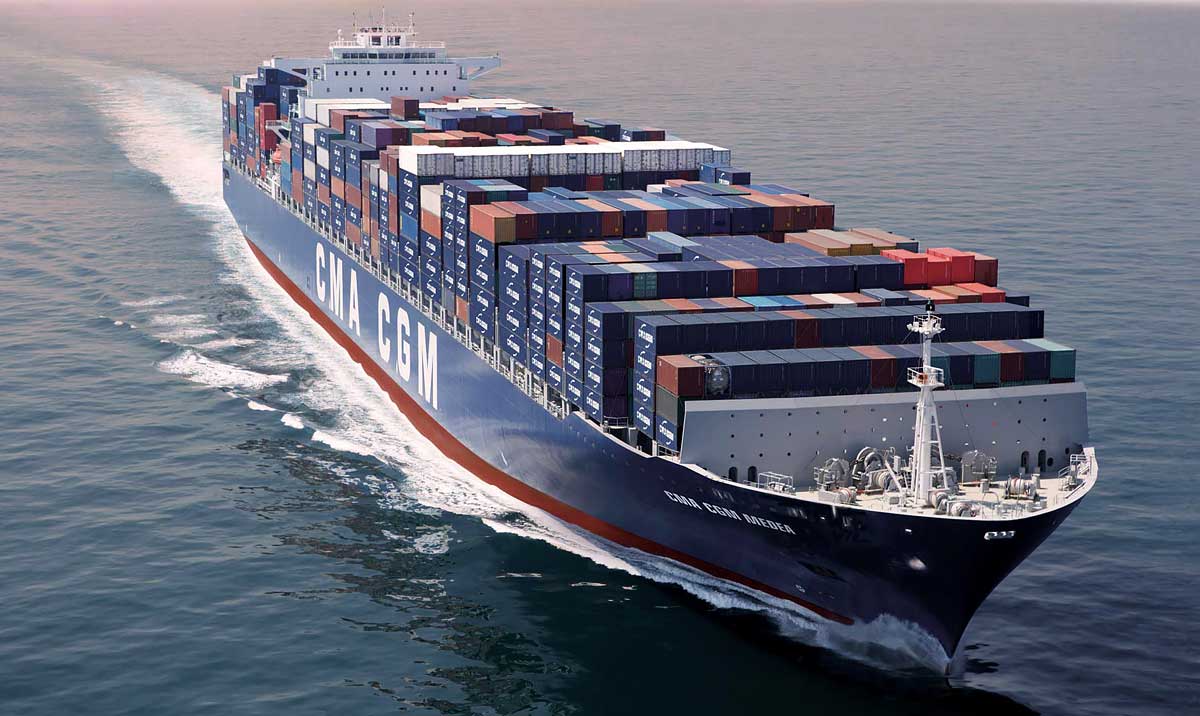As the maritime industry sets sail into 2024, it faces a multitude of challenges that threaten to disrupt the intricate web of global trade. Beyond recent hostilities in the Red Sea, which have already prompted major carriers like Maersk to reroute their vessels, the shipping industry anticipates a year riddled with potential disruptions.
With the Red Sea witnessing ongoing conflicts and the possibility of expanded attacks reaching the Arabian Gulf, crucial trade routes, especially those for oil shipments, are under scrutiny. Simultaneously, rising tensions between China and Taiwan add another layer of uncertainty, potentially impacting significant trade lanes. The repercussions of Russia’s 2022 invasion of Ukraine continue to reverberate, affecting the grains trade.
For companies relying on the efficient movement of goods, such as retail giants Walmart, IKEA, and Amazon, as well as food producers like Nestle and grocers such as Lidl, the disruptions pose significant challenges. Delays and increased costs are expected to become the norm throughout the year.
In response to security concerns in the Red Sea, major ocean carriers have rerouted their ships away from the area. This includes the crucial Asia-Europe Suez Canal shortcut, which handles over 10% of total ocean shipments and nearly one-third of the world’s container trade. The rerouting of goods around Africa’s southern tip adds complexities to already intricate vessel schedules, leading to delays and elevated costs.
Fuel costs for ship owners have surged, with Suez Canal diversions costing as much as $2 million per round trip. The Asia-Europe spot rate has more than doubled from the previous year’s average, reaching $3,500 per 40-foot container. While the increased costs could potentially translate into higher prices for consumers, experts suggest that the inflation shock may not be as severe as witnessed during the pandemic chaos of 2020-22.
In addition to geopolitical tensions, natural factors are contributing to the challenges faced by the shipping industry. Reduced water levels in the Panama Canal have led to a 33% decrease in crossings, impacting an important alternative to the Suez Canal. Severe weather events, including historic droughts and excessive rains, are creating immediate disruptions. Brazil, for instance, experienced such weather extremes, leading to a prolonged ship queue at the port of Paranagua just ahead of peak soybean shipping season.
As the shipping industry grapples with these multifaceted challenges, stakeholders are forced to adapt to what seems to be a new normal – a landscape where waves of chaos continually rise and fall, reshaping the dynamics of global trade. Whether it’s political tensions, natural disasters, or unforeseen geopolitical events, 2024 is poised to be a year where resilience and adaptability become the defining traits for those navigating the high seas of international commerce.

